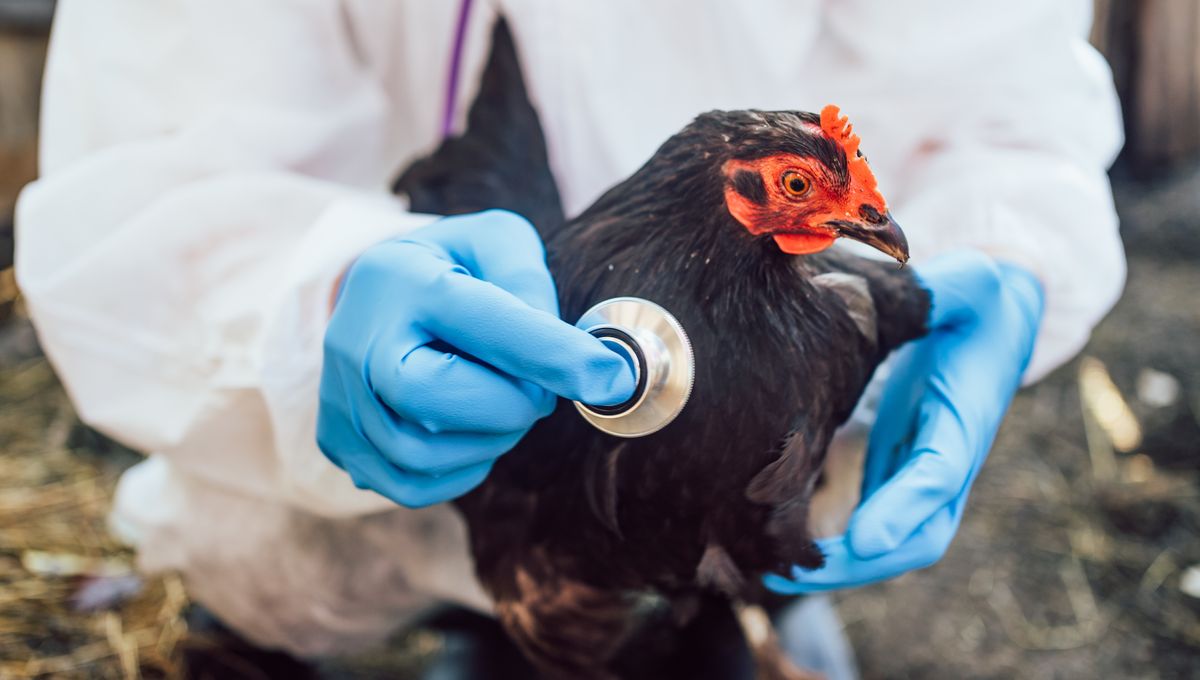
Australia’s first human case of H5N1 bird flu has been confirmed in a 2.5-year-old girl, who has now recovered after being treated in intensive care. The girl is thought to have contracted the virus in India, but it’s the first human case to have been detected on Australian soil.
In a statement released June 7, the World Health Organization (WHO) reported it had been notified of a lab-confirmed case of human H5N1 in Australia on May 22. The patient, a 2.5-year-old girl, had been traveling with her family to Kolkata, India, between February 12 and 29. After arriving back in Australia, the girl was taken to a hospital in Victoria on March 2. As her symptoms worsened, she was transferred to an intensive care unit in Melbourne, where she was treated for one week.
The patient was discharged from hospital after receiving treatment for a total of two and a half weeks, and is now reported to be doing well.
The girl first started showing symptoms of fever, cough, and vomiting while still in India, and a doctor there prescribed paracetamol (acetaminophen). The family did not notify Australian immigration authorities of her illness when they returned to the country.
The girl is not known to have had any contact with sick people or animals while in India, and none of her known contacts have since developed any symptoms, so this appears to be an isolated case. After being notified of the infection, India’s Ministry of Health and Family Welfare began an investigation, although the length of time since the girl was exposed means it may be tricky to pin down the source.
“H5N1 viruses do not transmit efficiently between humans and I suspect there’s an occult animal exposure that led to the infection,” infectious disease expert Amesh Adalja told Reuters.
The specific strain of virus in the girl’s case has caused some human infections in the past and is known to circulate in Southeast Asia.
H5N1 is the highly pathogenic subtype of avian flu that is currently ripping through dairy farms in the USA, with cattle, farm cats, and a handful of human workers contracting the infection. India has already reported some detections of this virus in domestic birds in 2024. Lots of other mammals, on land and in the oceans, have been affected by the spread of this virus around the world, where it has reached even some of the remotest corners of the planet.
The WHO maintains that that current risk to the general population is low. Human bird flu infections are always of interest to health authorities, as it’s vital they keep a close eye on this virus in case it shows signs of mutations that could make human-to-human transmission more likely.
In case there are any signs of that happening, vaccine development is already underway, with Finland reportedly already on the cusp of offering doses to the most at-risk individuals. In the meantime, strict surveillance will continue across the globe.
Source Link: 2-Year-Old Girl First Case Of Human H5N1 Bird Flu Detected In Australia